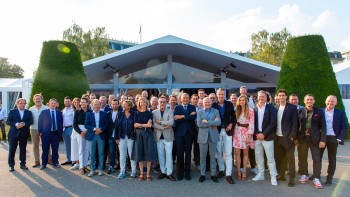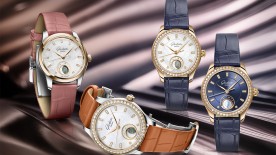The event draws both exhibitors and visitors, including collectors from as far away as Australia, such as one who recently launched his own online media platform. A few key observations stand out: the event's format is highly praised, its growth has far exceeded initial expectations and the organisers have enriched its cultural offerings and activity programs. This year, GWD attracted more exhibitors (52) and visitors (13,800), in a better-organised and expanded space, all while maintaining costs, a friendly atmosphere and a spirit of sharing. Some believe the event may have reached its peak.
A Popular Formula, a Friendly Spirit
Since its launch by Jean-Christophe Babin, CEO of the Bulgari Group – who successfully brought together about ten brand leaders over a single weekend – Geneva Watch Days (GWD) has remained self-managed, decentralised and collaborative. The event fosters a supportive environment where larger brands help shine a light on smaller ones, offering a pricing structure that benefits more modest exhibitors. Participation each year is optional, with many decisions made democratically around a core group of founding brands.
All brands are treated equally in the pavilion that houses their displays and touchpoints and brings together their representatives and customers during social events (including our highly-attended GMT party). Each brand is also free to host guests in their boutiques or hotel suites that are within a 500-metre radius.
The event’s smooth operation is ensured by majority voting, creating a respectful and inclusive environment, whether you’re Breitling or Fleming. Unlike traditional trade shows held in large halls, GWD offers a more relaxed setting, with blue skies and sunlight visible through the windows of suites or from the pavilion’s terraces as attendees move between locations. Even unofficial brands that set up within the perimeter to benefit from the traffic without officially exhibiting due to budget constraints are welcomed – many of these brands often choose to join the community officially after a year, contributing financially because they share GWD’s values.
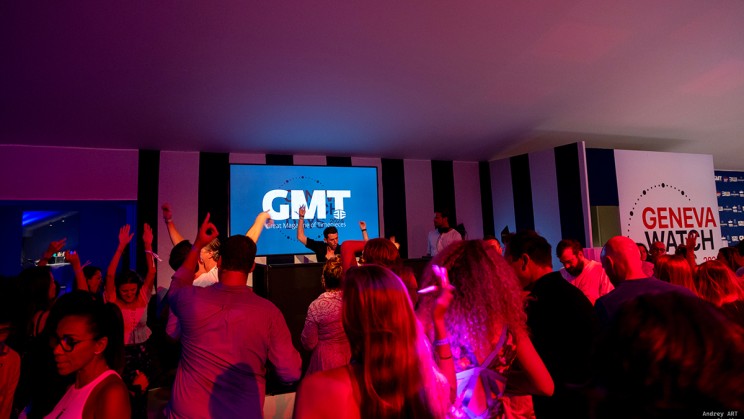
Collaborative Spirit
The camaraderie is evident at every level: between the two largest manufactures (Bulgari and Breitling), whose CEOs possess powers of persuasion as strong as their brands' reputations, yet whose verbal sparring during official speeches always ends in laughter. It’s also visible among micro-brands like Fleming, Ming and Shapiro, whose founders shared a single (small) suite to announce the joint creation of a tantalum bracelet compatible with the cases of all three brands.
In a different vein, a group of eight more or less well-known exhibitors organised the Cool Cats Kick-Off Party on the eve of the event, much to the delight of local collectors and enthusiasts. In a perfect example of this collaborative spirit, H. Moser & Cie. chose GWD to unveil its latest flagship creation, a pair of watches made in partnership with Studio Underdog.
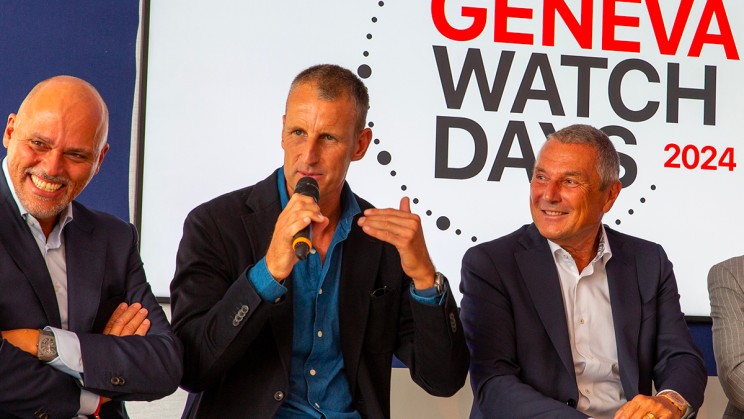
Product Launches
While a few exhibitors attend without new releases – focusing instead on maintaining connections within the watch community – the primary purpose of Geneva Watch Days is to showcase recent models, both to passing visitors and to the wider world through press releases.
Many brands now have GWD firmly marked on their production calendars and use it as a launch platform. This is true even for newcomers like Blancpain and Breguet, each unveiling around ten new models to the public for the first time. Wasn’t it here, after all, that Konstantin Chaykin announced a new world record for the thinnest watch (1.65mm)? And let’s not forget Armin Strom, whose three years of R&D transformed their 59mm-wide oval Dual Time Resonance into a pure aesthetic marvel with a 39mm round case.
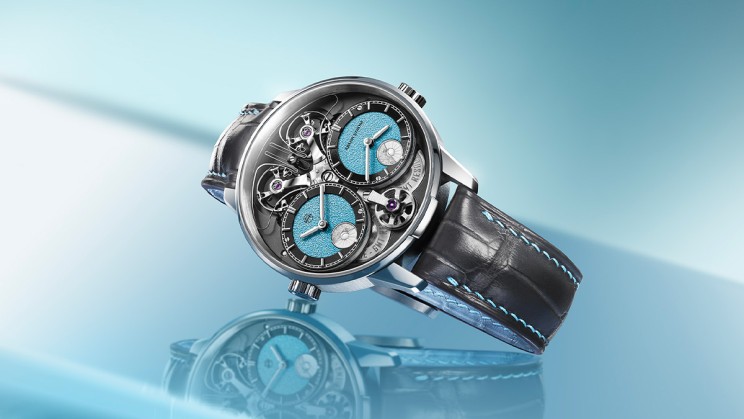
Evolving Exhibitor and Visitor Profiles
Interviewed during the final 24 hours of GWD, brand leaders who have participated since the first or second edition expressed satisfaction, but most agreed that the current number of brands should not be exceeded. More brands would mean scheduling appointments every 30 minutes, which would move away from the event's original, convivial format. This is especially important considering that the Fairmont and Beau-Rivage hotels, which host the majority of exhibitors, will be partially closed next summer.
Additionally, the diversity that has been the strength of GWD may have become too extreme. While micro-brands do attract certain types of collectors who seek horological exotica and close contact with their artisan founders, when these brands are uncertain about when or how they will release their next model, shouldn't strict participation criteria be established – similar to those of the GPHG – for the benefit of the end customer?
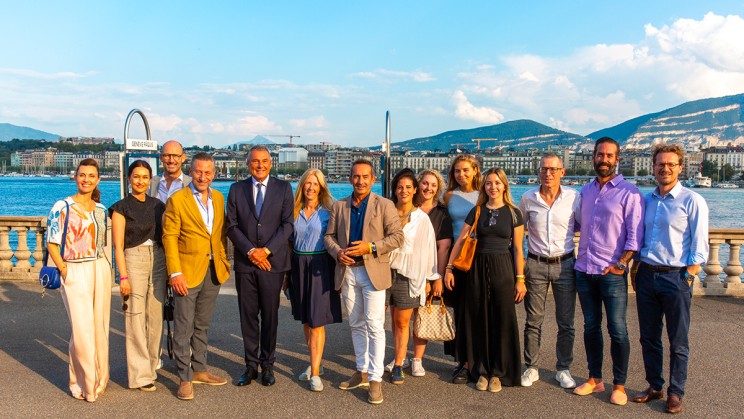
As for visitor profiles, there was a noticeable increase in media presence as well as a significant rise in collectors, much to the delight of small niche brands. However, there were fewer retailers. Unlike Watches & Wonders, where retailers are invited (with fewer end customers), at GWD they have to cover their own travel and accommodation costs, which many chose to avoid during lean times and with ample stock on hand. The GWD event held in Zurich in early June led to increased attendance from German-speaking Switzerland. So, should such an edition be organised in Asia?
